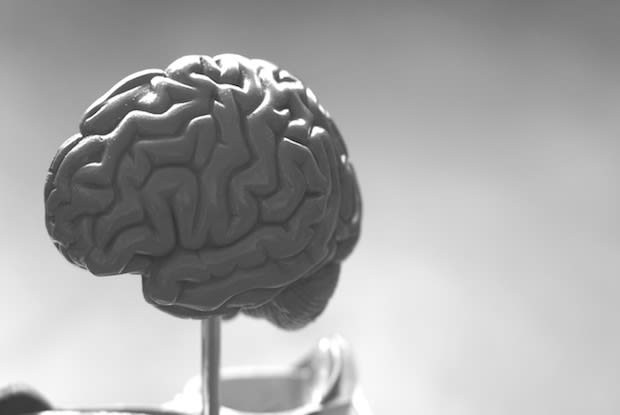Table of Contents
II. Cognitive Behavioral Therapy
Seizures can affect anyone and usually occur suddenly without warning. But a seizure disorder occurs when a person is affected by recurring seizures. Epilepsy is a seizure disorder and involves abnormal nervous system and brain activity. Those who experience an initial seizure will likely be prescribed an anticonvulsant like Dilantin (phenytoin), Keppra (levetiracetam), Lamictal (lamotrigine), or Topamax (topiramate). These drugs are used to prevent a future seizure. After diagnosing your seizure type, your doctor may suggest several different treatment methods. Some of your options may include surgery, cognitive therapy, or dietary therapy. [1]
Epilepsy Surgery
For people who have seizures but do not respond well to medication, surgery is an option. Several different types of epilepsy surgery are available depending on the person’s type of seizures. Nowadays, scientific and technological advances mean that many kinds of surgery are available. The types of surgery range greatly. There are minimally invasive procedures, while other types may require brain surgery.
The most common type of epilepsy surgery is called a focal resection. This type of surgery involves removing the area of the brain that causes seizures. The brain area that is removed is called the “seizure focus.” A patient can only have a focal resection if the seizure focus is a non-critical region of the brain.
Seizures that impair consciousness may require a temporal lobe resection. Approximately 60 to 70 percent of people are successfully seizure-free after this type of surgery. [2] More than 85 percent of those who undergo a temporal lobe resection will see considerable improvements in seizure control, but most people will continue to require anti-seizure medications. If a person has seizures that start in the frontal lobe, a frontal lobe resection may be an option. The brain’s frontal lobe is in charge of functions that include attention, concentration, impulse control, mood, motivation, organization, and planning. A frontal lobe resection may cause changes in brain function after the surgery. [2] For seizures caused by a lesion, or if the brain region that causes seizures cannot be removed safely, special surgeries may be required. These may include: Cognitive-behavioral therapy (CBT) is based on the concept that your thoughts are responsible for your feelings and actions. CBT therapists can help you control how you feel by improving thought patterns. This type of therapy started in the early 1960s and has since been shown to reduce anger, anxiety, and depression. Cognitive-behavioral therapy can be very interactive, engaging, and illuminating. The goal of this type of therapy is not to tell you how to feel, but to help you see how negative feelings can worsen situations. Cognitive-behavioral therapy is for those who are seeking psychological support and ways to cope with their seizure disorder. Depending on your concerns, your doctor may adjust your treatment plan without suggesting cognitive therapy. There are also other types of therapies that may be more applicable, such as relaxation therapy, educational therapy, and dietary therapy. [3] In conjunction with your prescribed seizure medications, dietary therapy may be used to help control seizures. Many people find it easier to control seizures by eating a ketogenic diet or a modified Atkins Diet. [4] A ketogenic diet is a low-carbohydrate and high special fats diet designed to put your body in a metabolic state called ketosis. In this state, your body uses fat instead of carbohydrates for energy. [5] Children and adults alike may benefit from a ketogenic diet and experience fewer refractory seizures. [4] A modified Atkins Diet (MAD) is a less restrictive version of a ketogenic diet. With a MAD, there are no limitations on calorie, protein, and fat intake. A ketogenic diet will require foods to be weighed and measured, but a MAD allows you to eat more freely. A modified Atkins Diet may have fewer restrictions, but it can still be very effective in keeping seizures under control. Before starting a new diet, talk to your neurologist, dietician, and doctor. [6] When it comes to choosing the type of therapy, the number of available options may seem daunting. However, your doctor will be able to help you through this decision-making process by narrowing down the type of seizure disorder you have. Many of these seizure therapies may be prescribed at the same time, and they may be used to boost the efficacy of anticonvulsants like Dilantin (phenytoin), Keppra (levetiracetam), Lamictal (lamotrigine), or Topamax (topiramate). Ask your doctor about your seizure treatment options today. The content in this article is intended for informational purposes only. This website does not provide medical advice. In all circumstances, you should always seek the advice of your physician and/or other qualified health professionals(s) for drug, medical condition, or treatment advice. The content provided on this website is not a substitute for professional medical advice, diagnosis, or treatment.
Cognitive Behavioral Therapy

Dietary Therapy

Making a Decision
